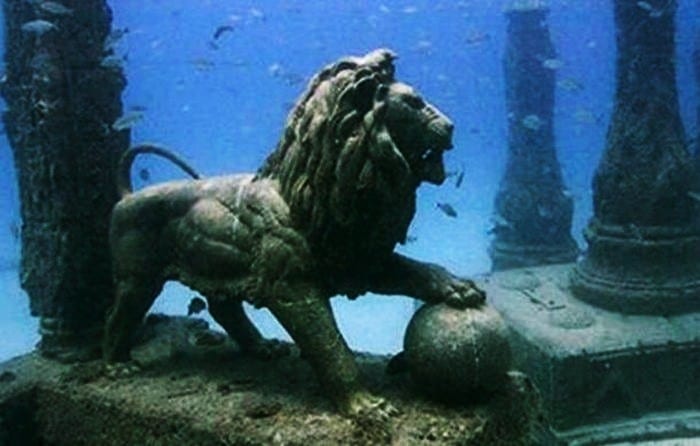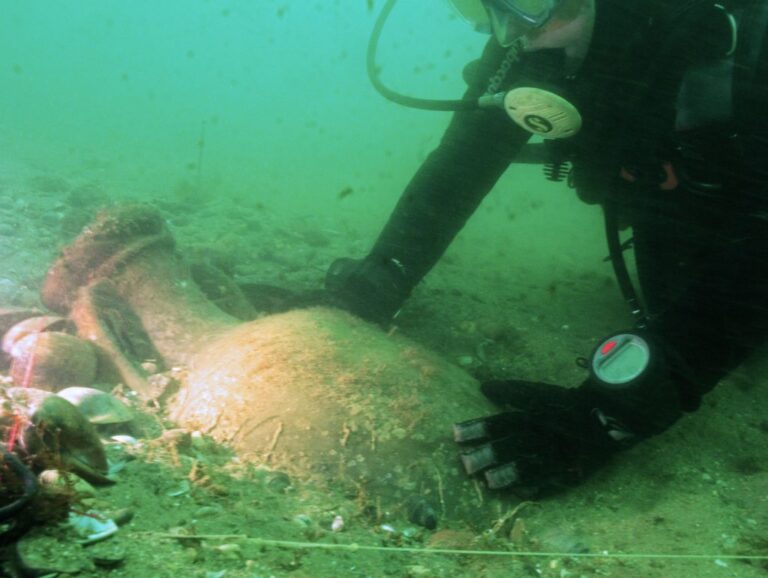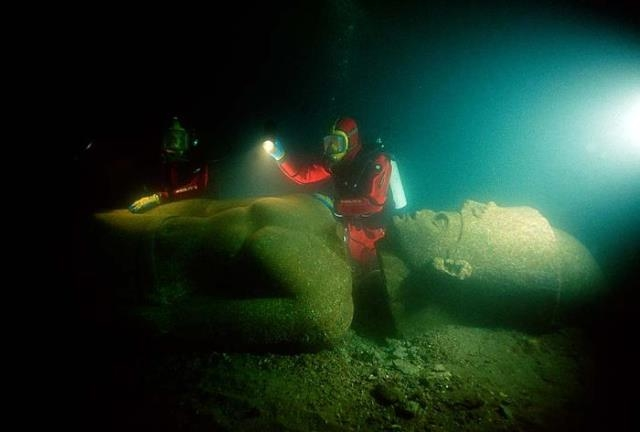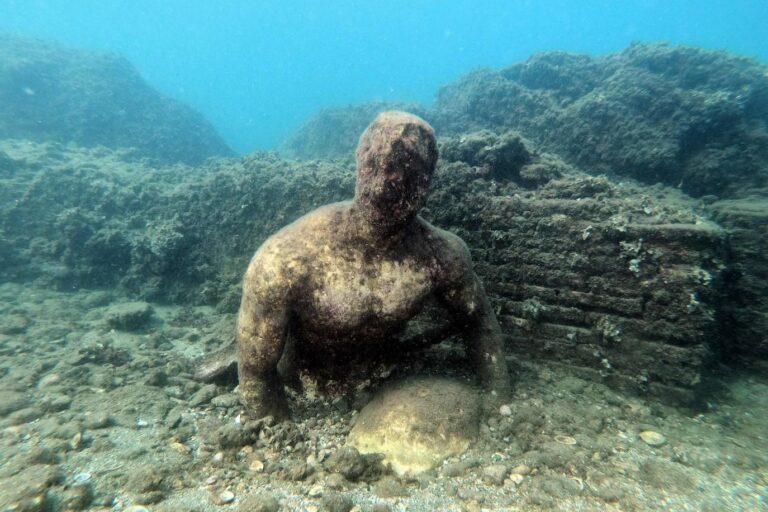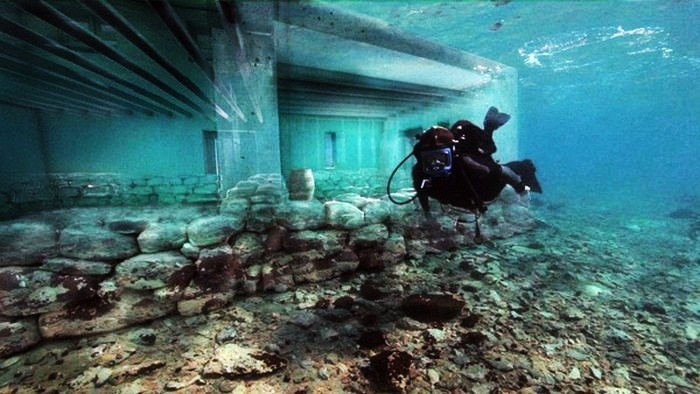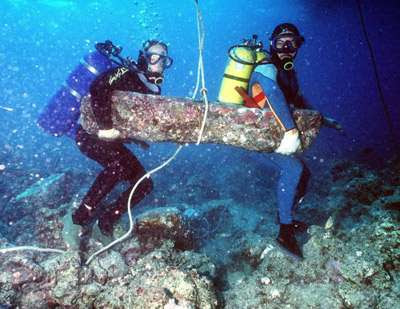Underwater Archaeology: The Secrets of Discoveries in the Depths
Underwater archaeology is a fascinating field of study that delves into the secrets and mysteries hidden beneath the depths of our oceans, rivers, and lakes. It involves the exploration and investigation of submerged cultural heritage, which includes shipwrecks, ancient cities, and even sunken artifacts. This unique discipline plays a crucial role in understanding our past, shedding light on civilizations and events that have long been forgotten.
Exploring underwater archaeological sites allows us to unlock a wealth of historical information that would otherwise remain inaccessible. By studying these submerged sites, researchers can gain insights into ancient cultures, trade routes, and maritime history. The artifacts discovered underwater provide tangible evidence of past civilizations, their customs, and their interactions with other societies. Through the analysis of these artifacts, experts can piece together the puzzle of our shared human history.
The importance of underwater archaeology extends beyond the mere discovery of ancient relics. It allows us to understand how our ancestors lived, how they interacted with their environment, and how they shaped the world we live in today. By delving into the depths and unraveling the secrets of the past, we gain a deeper appreciation for the diversity and richness of human heritage.
In conclusion, underwater archaeology is a captivating field that uncovers the mysteries that lay hidden beneath the waters. It enables us to explore submerged cultural heritage, understand our past, and preserve our shared history. Through underwater excavations, we can unravel the stories that have shaped our world and gain valuable insights into the civilizations that came before us. The significance of this field of study cannot be overstated, and it deserves our support and continued exploration.
Table of Contents
The History of Underwater Archaeology
Underwater archaeology is a fascinating discipline that has its origins in the early 20th century. This field of study emerged as a response to the growing awareness of the immense wealth of cultural heritage resting beneath the ocean’s surface.
Notable pioneers in underwater archaeology, such as Jacques-Yves Cousteau and George F. Bass, played a crucial role in shaping and advancing this discipline. Cousteau, a renowned French naval officer, explorer, and conservationist, was one of the first to explore and document underwater archaeological sites. His expeditions paved the way for future generations of underwater archaeologists by showcasing the potential of this unexplored world.
The development of techniques and technologies used in underwater archaeology has been instrumental in the progress of this field. At first, divers simply relied on basic hand tools and dive equipment to conduct excavations. However, as time went on, specialized tools and equipment were developed to meet the unique challenges faced by underwater archaeologists. Tools such as suction dredges, water-powered hydraulic drills, and sediment sieves have greatly facilitated the excavation process.
Additionally, technology has revolutionized underwater archaeological exploration. Innovations such as ROVs (Remotely Operated Vehicles), AUVs (Autonomous Underwater Vehicles), and advanced imaging techniques have made it possible to conduct detailed surveys and excavations at great depths. Sonar systems have been used to locate and map submerged sites, providing valuable data for the documentation and preservation of underwater cultural heritage.
In conclusion, the history of underwater archaeology can be traced back to the early 20th century when pioneering individuals began to explore the depths of the ocean. Through their efforts, techniques and technologies were developed, enabling archaeologists to excavate and document underwater sites more efficiently. Today, advancements in technology continue to revolutionize this field, allowing us to unravel the secrets of our past hidden beneath the ocean’s surface.
Challenges Faced by Underwater Archaeologists
Working as an underwater archaeologist presents a unique set of challenges that differ from traditional land-based archaeological excavations. These challenges arise from the very nature of conducting research in a submerged environment.
-
One of the unique challenges faced by underwater archaeologists is the preservation and documentation of artifacts that have been submerged for extended periods. Unlike artifacts on land, those underwater are subject to degradation caused by the corrosive effects of water, marine life, and environmental factors. The delicate nature of these artifacts requires specialized techniques and equipment to ensure their preservation and documentation.
-
Conducting underwater surveys and excavations also presents its own set of difficulties. Underwater environments can be unpredictable, with strong currents, limited visibility, and challenging navigation. Archaeologists must overcome these challenges by using diving equipment and underwater vehicles to explore and excavate sites. The need for specialized training and equipment adds an extra layer of complexity to the field.
-
Additionally, underwater archaeologists face a constant battle against time and changing environmental conditions. Submerged artifacts are subject to continuous deterioration, and the risk of looting or damage from human activities always looms. As a result, archaeologists must prioritize their efforts and carefully plan their excavations to ensure the maximum amount of information is collected before it is lost forever.
Despite these challenges, underwater archaeologists remain committed to their work. They understand the value of uncovering submerged cultural heritage and the wealth of information it can provide about past civilizations. Their perseverance and dedication to their field ultimately contribute to our understanding of history and help preserve our shared cultural heritage for future generations.
Key Discoveries in Underwater Archaeology
Underwater archaeology has led to remarkable discoveries that have provided invaluable insights into our maritime past. Underwater archaeologists have brought to light shipwrecks and ancient artifacts that offer a glimpse into the lives and cultures of those who traversed the seas centuries ago. These discoveries have not only enhanced our understanding of history but also enriched our cultural heritage.
One significant aspect of underwater archaeology is the exploration of shipwrecks. These submerged vessels serve as time capsules, preserving a wealth of information about the past. Through careful analysis and excavation, archaeologists have uncovered shipwrecks belonging to various periods and civilizations. From ancient Greek ships to medieval trade vessels, these discoveries have shed light on maritime trade routes, naval warfare, and the technologies used in shipbuilding.
Aside from shipwrecks, the recovery of ancient artifacts holds immense cultural importance. Underwater archaeologists have unearthed treasures such as ancient coins, pottery, jewelry, and even human remains. These artifacts provide concrete evidence of past civilizations and their customs, beliefs, and artistic achievements. By piecing together these fragments of the past, archaeologists have been able to reconstruct historical events and unravel mysteries that have long been forgotten.
One notable discovery made by underwater archaeologists is the Antikythera Mechanism, an ancient analog computer found in a shipwreck off the coast of Greece. This intricate device, dating back to the 1st century BCE, astounded researchers with its advanced astronomical calculations and mechanical capabilities. The Antikythera Mechanism not only showcased the technological prowess of the ancient Greeks but also revolutionized our understanding of ancient science and astronomy.
The recovery of the Rosetta Stone in 1799 by French archaeologists also stands as a remarkable achievement in underwater archaeology. Although not submerged, the stone was found in the Nile Delta and played a crucial role in deciphering ancient Egyptian hieroglyphs. This discovery opened the door to unlocking the secrets of one of the world’s oldest civilizations.
Overall, underwater archaeology has contributed greatly to our knowledge of the past. By uncovering shipwrecks and recovering ancient artifacts, researchers have pieced together a more comprehensive picture of our maritime history and the cultures that thrived along coastlines and empires that dominated the seas. These discoveries have not only expanded our understanding of the past but also promoted cultural preservation and appreciation. Through further exploration and support, underwater archaeological research holds the potential for even more exciting discoveries in the depths of our oceans.
The Role of Technology in Underwater Archaeology
With advancements in technology, the field of underwater archaeology has witnessed a significant transformation in recent years. These technological advancements have revolutionized the way underwater archaeological explorations are conducted, allowing researchers to gain deeper insights into the secrets hidden beneath the depths.
Remote sensing techniques have played a crucial role in underwater archaeological discoveries. By using technologies such as side-scan sonar and magnetometers, archaeologists can efficiently locate and map submerged sites. These techniques enable researchers to identify potential areas of interest and plan targeted excavations, saving valuable time and resources.
Moreover, remotely operated vehicles (ROVs) have become indispensable tools for underwater archaeologists. Equipped with cameras, lights, and manipulator arms, ROVs allow researchers to explore and document submerged sites with great precision. They can capture high-definition images and videos of artifacts and structures, providing detailed records for further analysis and interpretation.
Sonar systems also play a significant role in documenting underwater sites. By emitting sound waves and measuring the time it takes for the waves to return, sonar technology can create accurate digital maps of submerged landscapes. This data helps archaeologists understand the topography of a site and its relationship with surrounding features, providing important contextual information for the interpretation of findings.
In recent years, 3D modeling and virtual reality have emerged as powerful tools for studying underwater artifacts. By creating detailed digital replicas of recovered objects, archaeologists can analyze and interpret them without risking damage to the originals. Additionally, virtual reality allows researchers and the public to explore submerged sites from the comfort of their own homes, enhancing accessibility and educational outreach.
Overall, the advancements in technology have opened up new avenues for underwater archaeological exploration, allowing researchers to push the boundaries of knowledge and understanding. The use of remote sensing, ROVs, sonar systems, and 3D modeling has revolutionized the way artifacts are discovered, documented, and studied. As technology continues to evolve, the potential for further discoveries and insights in underwater archaeology is boundless.,# Preservation and Ethical Considerations
Preserving the underwater cultural heritage is of utmost importance in understanding and appreciating our shared history. The challenges encountered in conserving and managing underwater archaeological sites are unique and require special attention. The delicate nature of artifacts submerged for long periods poses significant obstacles in preserving their integrity.
Conserving underwater cultural heritage involves careful planning and execution to mitigate degradation caused by factors such as water pressure, saltwater corrosion, and biological activities. Additionally, the limited visibility and harsh underwater conditions make documenting and evaluating these sites a complex task.
Managing underwater archaeological sites requires a comprehensive approach that balances research, conservation, and public access. Striking a balance between preserving these sites and allowing scientific exploration can be challenging. However, it is crucial to ensure that these sites are protected from looting, damage, or destruction.
International conventions and organizations play a vital role in protecting underwater heritage. The UNESCO Convention on the Protection of the Underwater Cultural Heritage (2001), for example, provides a framework for the preservation, research, and responsible management of submerged cultural heritage. This convention encourages cooperation among nations to safeguard underwater archaeological sites and promotes the sharing of knowledge and resources.
Furthermore, organizations like the Society for Historical Archaeology and underwater archaeological institutes actively work towards raising awareness about the importance of preserving underwater cultural heritage. Through education, advocacy, and research, these organizations strive to ensure that future generations can continue to benefit from the discoveries and insights provided by underwater archaeology.
In conclusion, successfully preserving underwater cultural heritage involves addressing the unique challenges posed by underwater conditions. It requires a multidisciplinary approach, combining scientific research, conservation strategies, and ethical considerations. The international community’s commitment to protecting underwater heritage through conventions and organizations is crucial in ensuring the continued exploration and understanding of our shared past. It is vital that we continue to support and invest in underwater archaeological research to uncover the secrets hidden in the depths.
Conclusion
In conclusion, underwater archaeology plays a critical role in unraveling the secrets of our past. By exploring submerged cultural heritage, this field of study provides invaluable insights into ancient civilizations and their historical significance. The discoveries made by underwater archaeologists have shed light on various aspects of human history, from shipwrecks that reveal trade routes and maritime exploration to the recovery of ancient artifacts that give us a glimpse into our cultural heritage.
The ongoing importance of underwater archaeology cannot be overstated. It serves as a means of preserving our shared history and ensuring that future generations have access to this wealth of knowledge. Through the use of advanced technology and techniques, underwater archaeologists can document, preserve, and study underwater artifacts and sites with increasing accuracy and detail.
It is essential to encourage further exploration and support for underwater archaeological research. By doing so, we can continue to unlock the mysteries of the past and deepen our understanding of ancient civilizations. Additionally, protection and conservation efforts must be a priority to safeguard underwater cultural heritage for future generations. International conventions and organizations dedicated to this cause play a vital role in ensuring that underwater archaeological sites are neither lost nor destroyed.
In summary, underwater archaeology is a fascinating field that enables us to explore the depths and uncover hidden treasures of our past. Its significance lies in the unique insights it provides into ancient cultures and the preservation of our shared history. As technology continues to advance, the future of underwater archaeological research holds great promise, and it is crucial that we continue to support and advocate for its exploration and protection.

